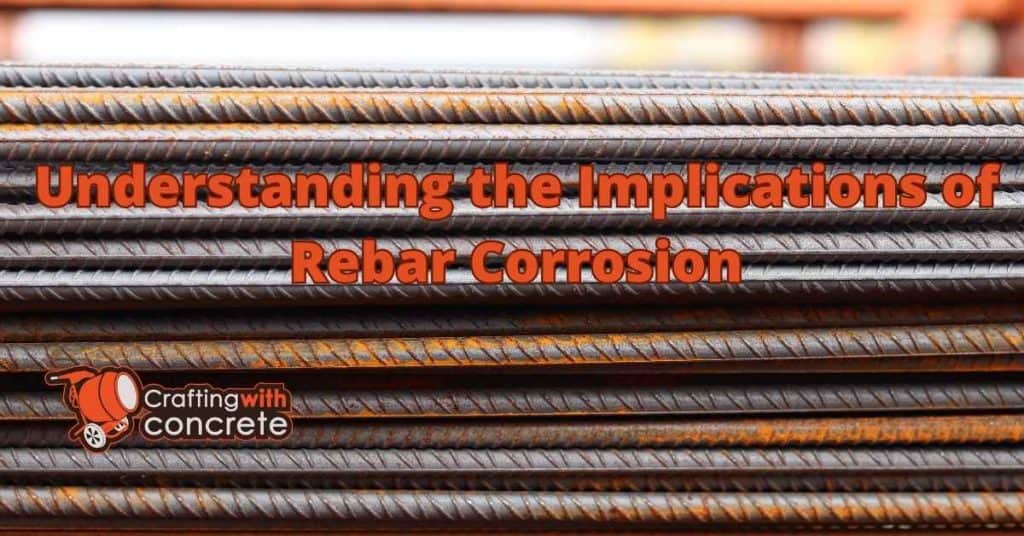Comparing DIY Control-Joint Tools: Jointers and Early-Entry Saws
Table of Contents Introduction Criteria for Evaluation Overview of Jointers Details on Early-Entry Saws Comparative Analysis of Features Situations Favoring Jointers or Saws Common Questions About Control-Joint Tools Conclusion FAQ Key Takeaways Material Compatibility: Choose tools that match your concrete mix; jointers are best for fresh concrete, while early-entry saws work well in varied curing […]
Comparing DIY Control-Joint Tools: Jointers and Early-Entry Saws Read More »










